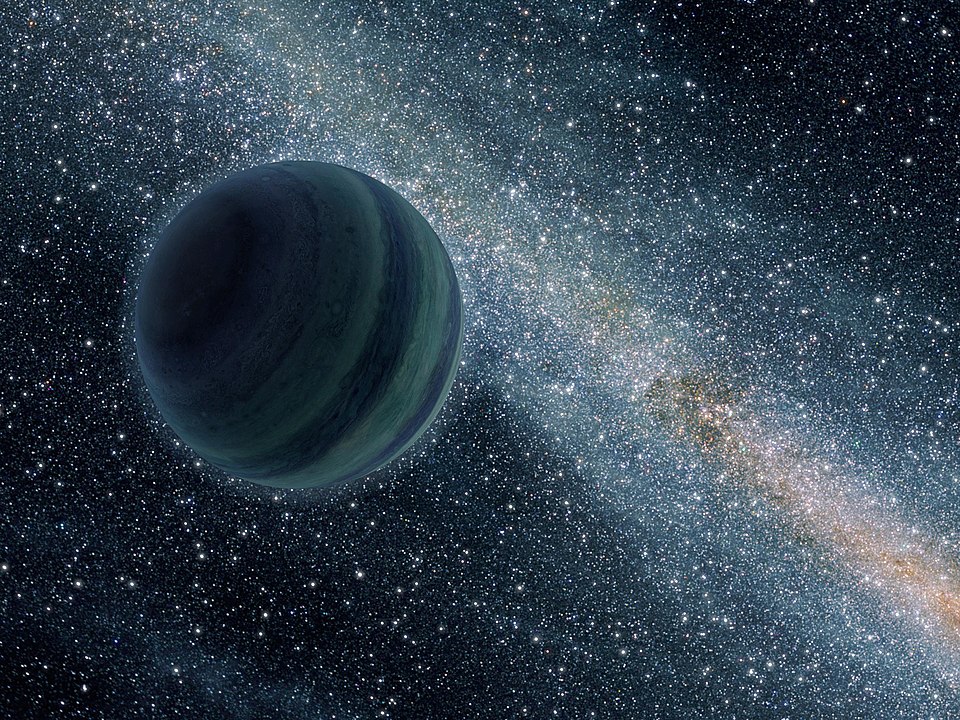
Astronomers have made a breakthrough by using 25 year old Hubble images to investigate a potential "rogue planet" drifting through space without a host star. When a brief gravitational microlensing event occurred in 2023, researchers discovered Hubble had photographed the same location in 1997, creating an unprecedented quarter century baseline. Finding no stellar companion in the archival data strengthened evidence for a rogue planet with mass between Earth and Saturn, demonstrating the scientific value of space telescope archives for studying these elusive worlds wandering the Galaxy alone.
Continue reading
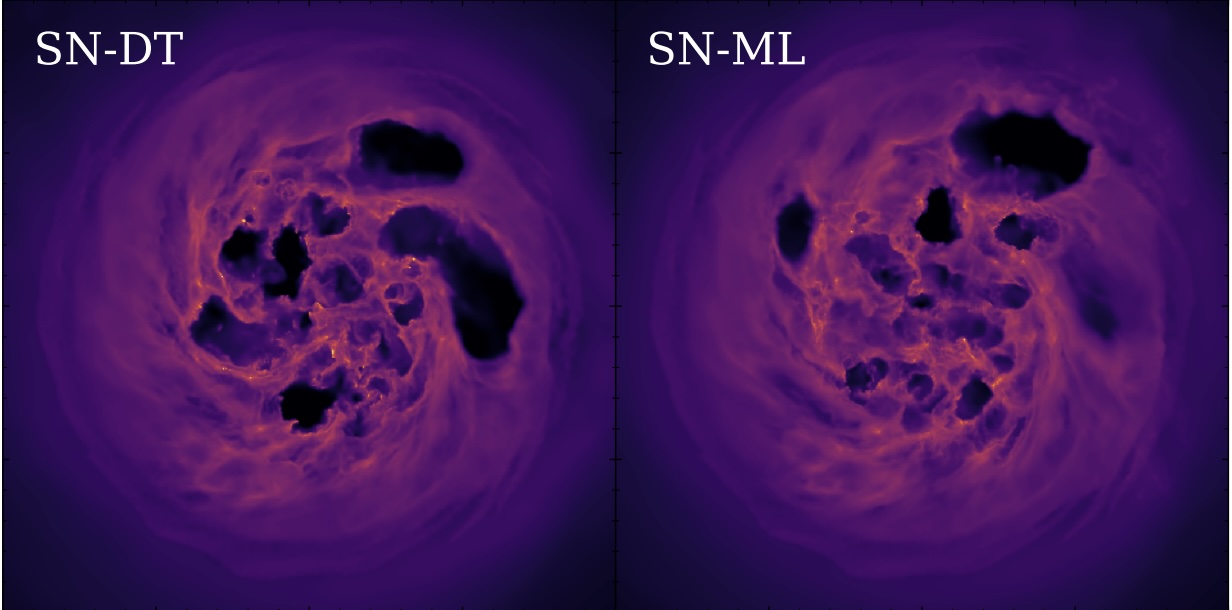
Some of the most powerful supercomputers in the world are designed to simulate complex astrophysical processes, like what's happening inside a giant star as it's going supernova. But researchers have developed a new machine learning algorithm that was able to accurately simulate galaxy evolution with fewer computer resources and dramatically more quickly than a supercomputer, which could take years to fully process.
Continue reading
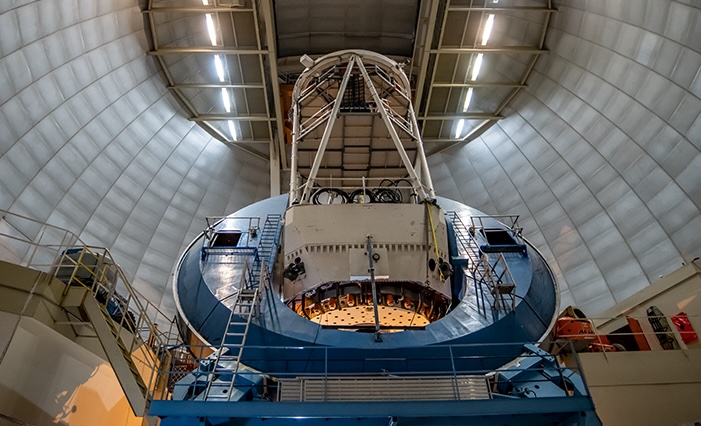
Astronomers once wondered if the Universe might one day collapse in on itself in a Big Crunch, but the discovery of dark energy suggested that the expansion of the Universe would accelerate, removing that possibility. New data from the Dark Energy Spectroscopic Instrument suggests that dark energy might be changing in strength over time, maybe even going negative. If that result holds, are we due for a Big Crunch? And how long would it take?
Continue reading
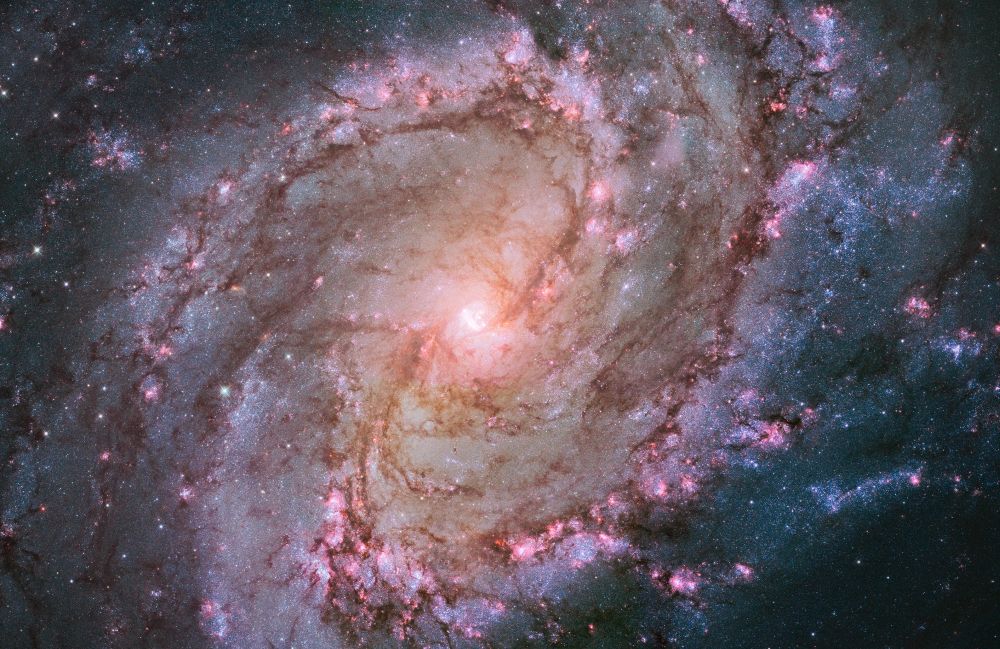
How do galaxies like ours continue producing stars long after they should have used up their star-forming gas. Somehow, an external gas source must find its way into the galaxy. New research has found evidence of gas clouds that found their way into a spiral galaxy, likely fueling continued star formation.
Continue reading
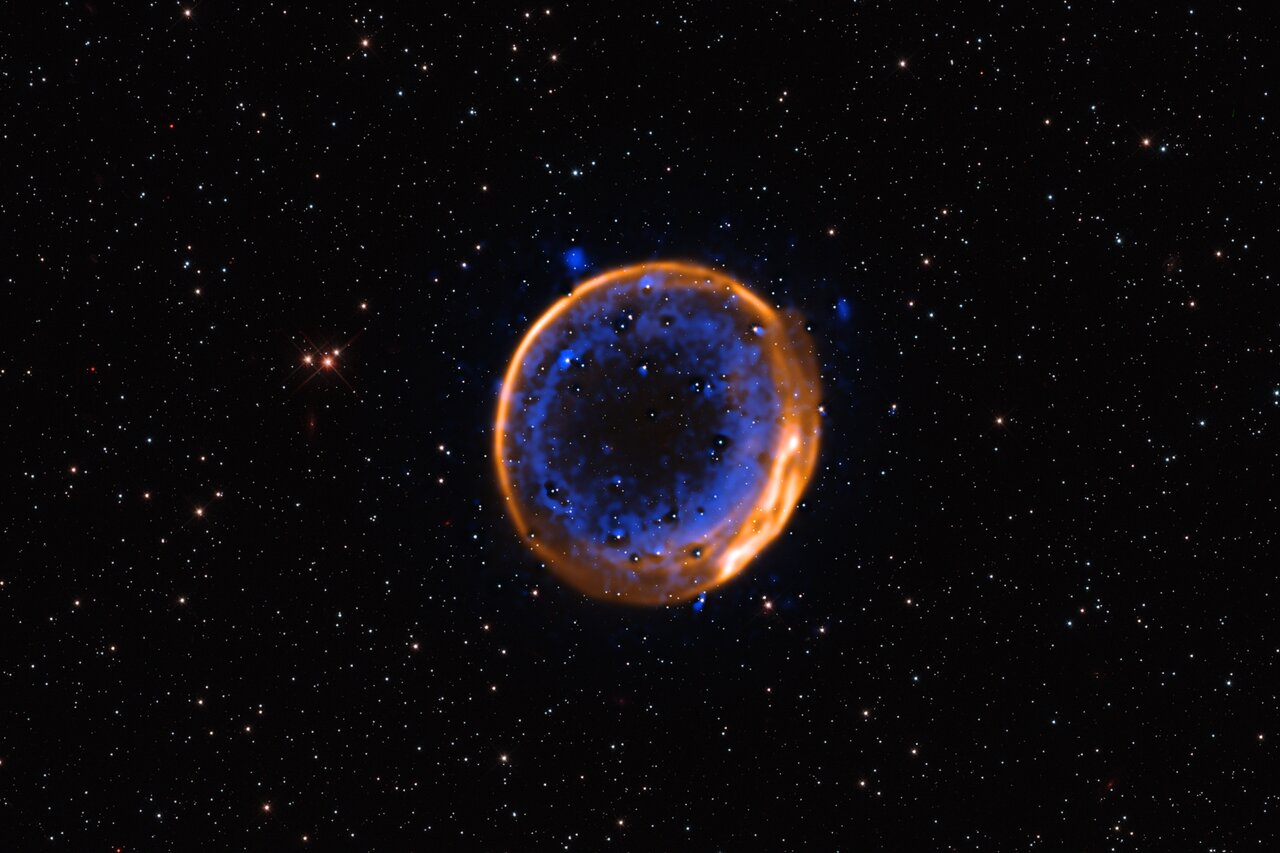
The beautiful supernova remnant looks a little different from other examples of stars that detonated in the past. And it should, because according to astronomers, the star that met its end exploded twice. It was a white dwarf in its former life, pulling material from a binary companion, creating the perfect conditions for a Type 1a supernova. It accumulated a blanket of helium, which exploded first, triggering a second detonation at the core of the star.
Continue reading
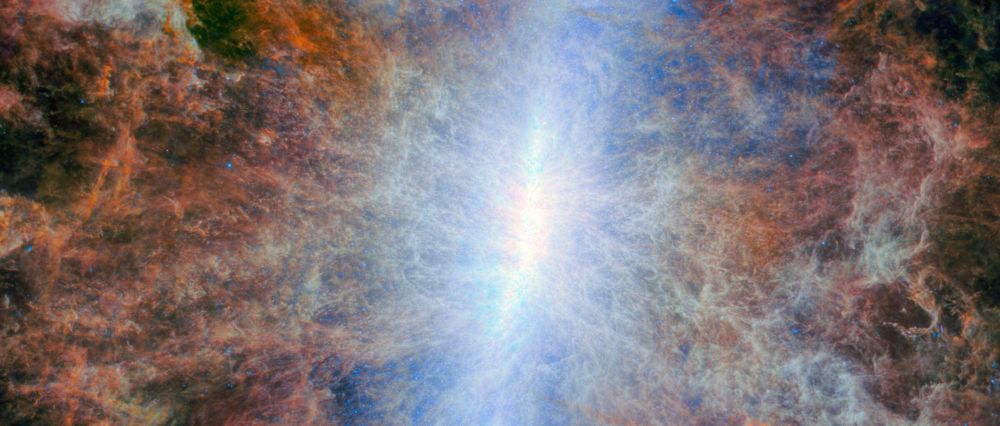
Astronomers used the JWST to examine M82, a nearby starburst galaxy. M82 is forming stars at a prodigious rate due to its interactions with its neighbour, M81. It produces thousands of solar masses of stars per year, much more than the Milky Way.
Continue reading
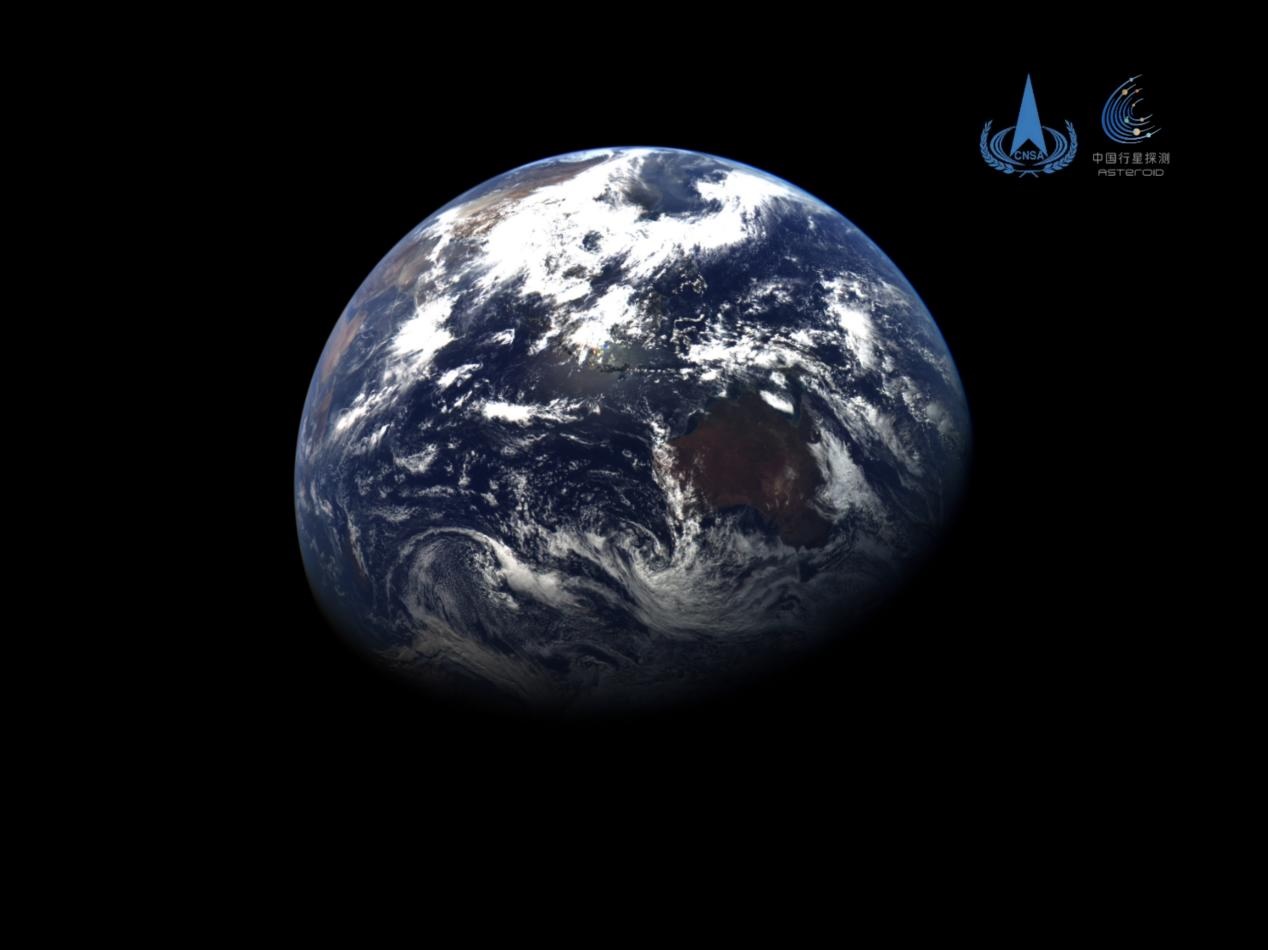
China's asteroid probe turned its cameras back towards the Earth and Moon, capturing an image of our home planet on May 30, 2025. The image was taken when the spacecraft was about 590,000 km away, speeding towards asteroid 2016HO3, where it will retrieve a sample and bring it back to Earth before carrying on to main-belt comet 311P. The spacecraft has been in flight for 33 days and is now over 12 million kilometers from Earth.
Continue reading
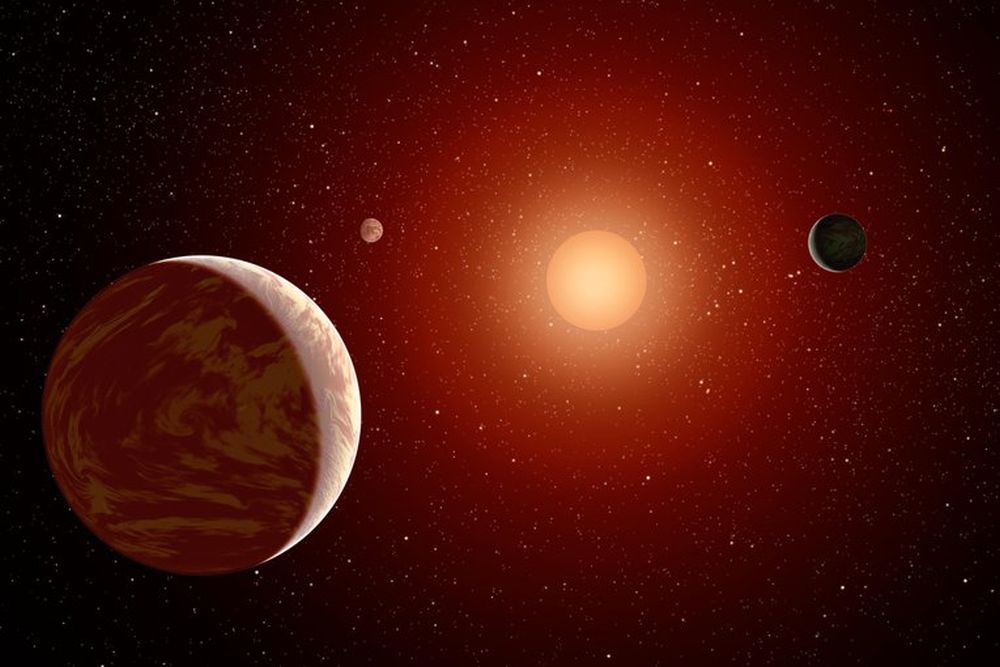
According to the latest studies led by Heidelberg University astronomers, low-mass stars quite often host Earth-like planets. Data collected as part of the CARMENES project were the basis of this finding. By analyzing the data, an international research team succeeded in identifying four new exoplanets and determining their properties.
Continue reading
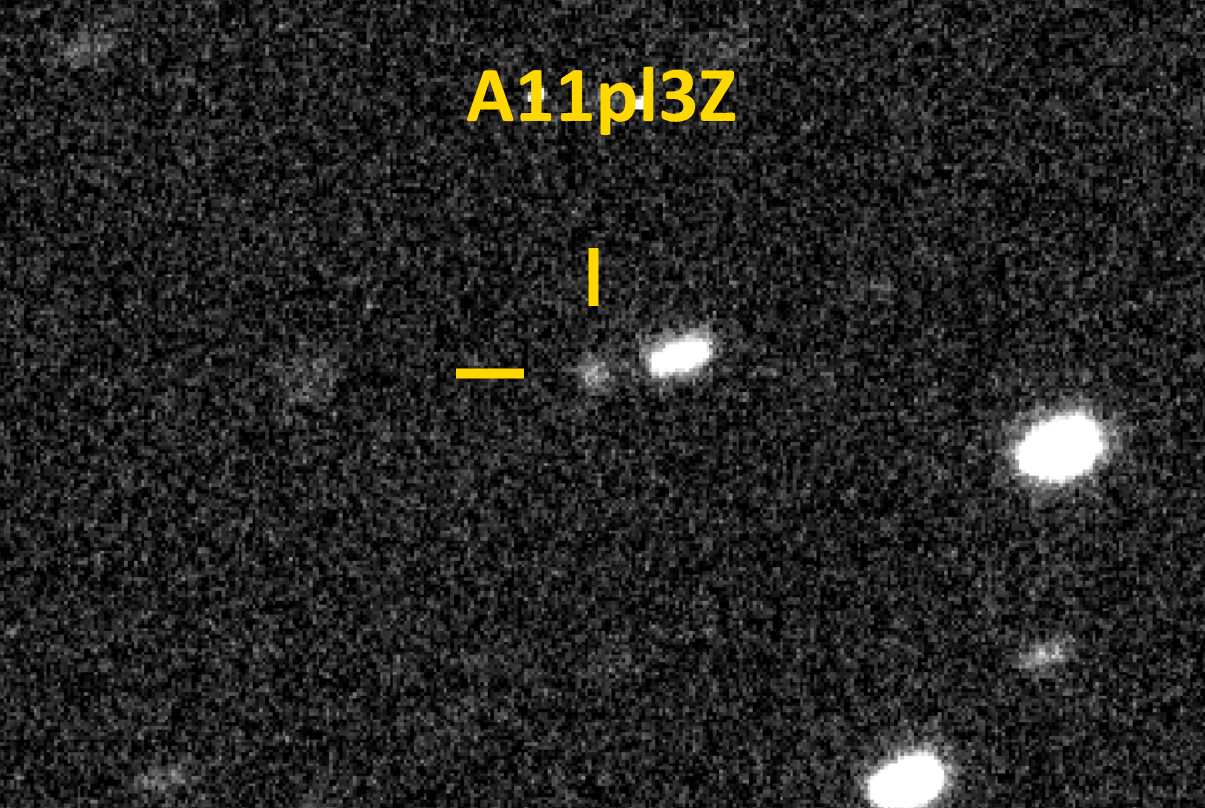
A newly discovered object may give astronomers an opportunity to study an interstellar visitor like never before. The object (A11pl3Z) is currently at +18th magnitude, moving slowly along the border of the constellations Serpens Cauda and Sagittarius, right near the galactic plane. The object was captured on July 2nd by the Deep Random Survey remote telescope in Chile. The Asteroid Terrestrial-impact Last Alert System (ATLAS) based in Rio Hurtado made the discovery on July 1st. Sam Deen soon backed this up with pre-discovery images from worldwide ATLAS sites in Chile, Hawaii and South Africa from June 25-29.
Continue reading
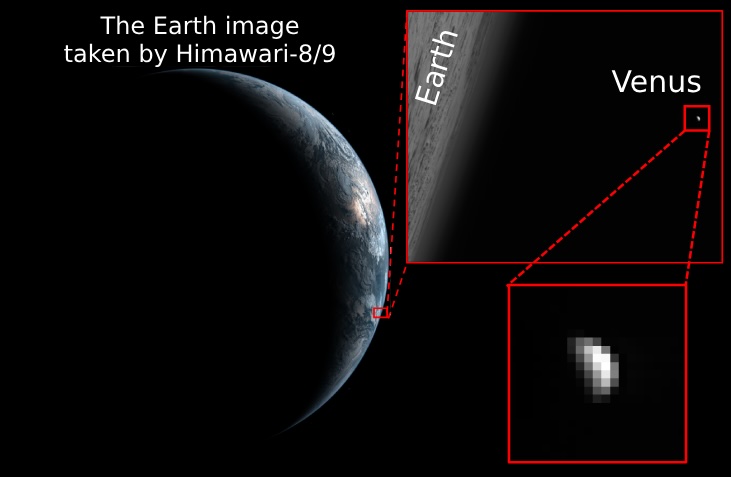
A pair of Japanese weather satellites took a break from monitoring Earth weather to sneak a peek at Planet Venus. Despite the fact that it's relatively tiny, and millions of kilometers away, they were able to detect changes in Venus' cloud-top temperatures and see patterns and structure in its upper atmosphere. There are long-term trends on Venus that these long-lasting satellites will be able to study, beyond the timeframe of a shorter mission.
Continue reading

For folks in the United States, July evenings mean 4th of July fireworks. While you’re waiting for the show, be sure to watch for the most elusive of the planets as twilight falls, as Mercury shines at its very best for 2025. If you’ve never seen the innermost world before, now is a good time to try. This is because Mercury reaches greatest elongation, or its greatest point from the Sun as seen from our Earthly vantage point later this week.
Continue reading
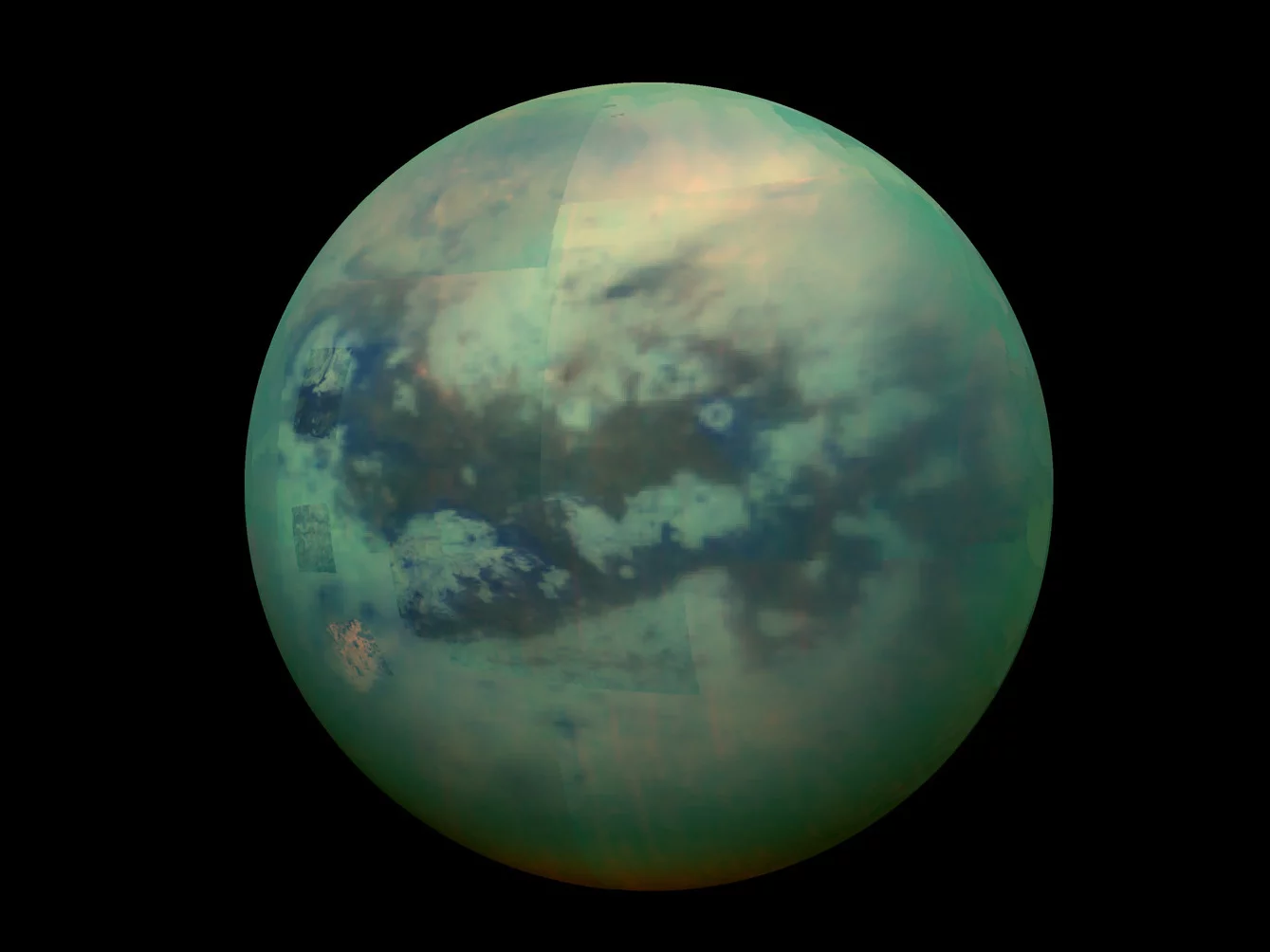
While we know of thousands of exoplanets, the science of studying their atmospheres is still in its early days. When astronomers analyze atmospheres, they have to decide which molecules to include in their models, which can bias the results. A new paper proposes that Cassini data on Titan could provide the perfect benchmark, helping to distinguish between different hydrocarbons detected in the atmosphere of an exoplanet.
Continue reading
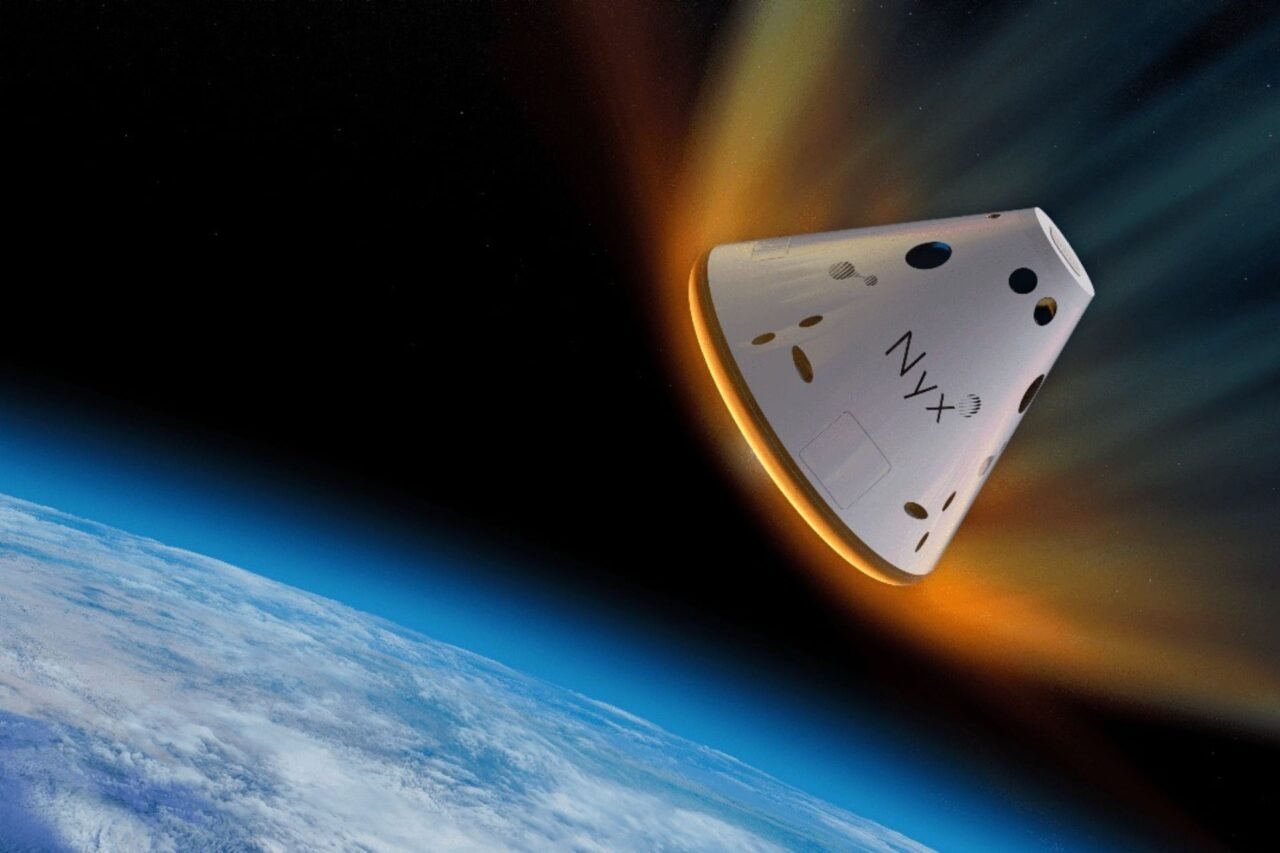
Failed Orbital Mission Loses Human Remains, Space Pot
Continue reading
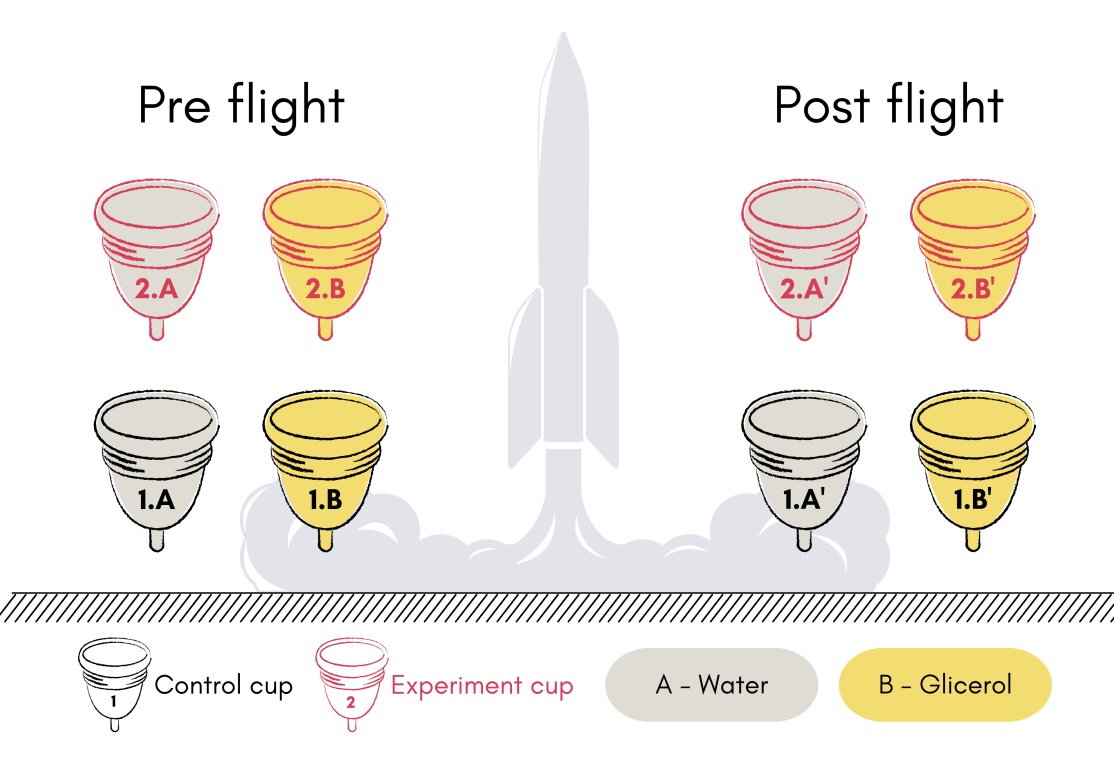
For long-duration missions, female astronauts generally use hormonal contraception to suppress their periods. But this method has potential health risks and requires special storage. Pads and tampons create waste in space. Now researchers have tested menstrual cups on a sub-orbital rocket flight, where they experienced the force of launch, and found they performed identically to ground control cups. This could provide a new option to female astronauts on future missions.
Continue reading
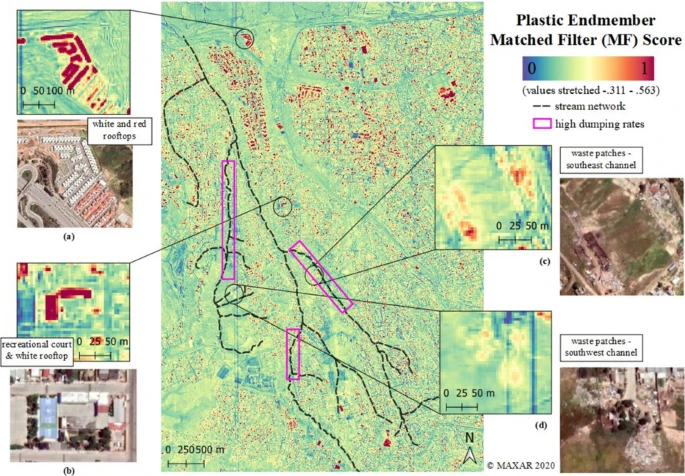
Rivers are one of the main ways that plastics get into the world's oceans, and now we can identify where plastic waste accumulates from space. Researchers used data from the Worldview-3 satellite to identify and map plastic material and polymer-coated surfaces in a watershed on the US-Mexico border. They collected different waste from stream channels and then identified their specific infrared absorption features, matching them to satellite imagery.
Continue reading
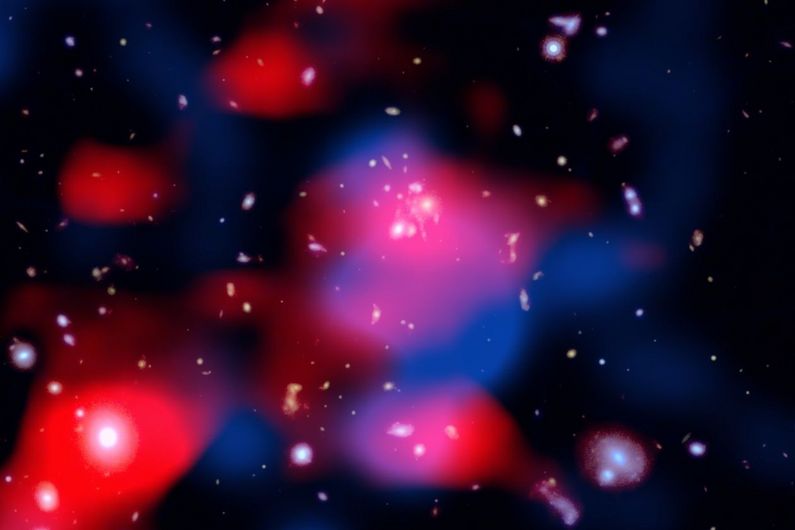
If you could see the Universe through a radio-wave "eye", you'd detect mini-halos of relativistic particles creating radio emissions around some galaxy clusters. Astronomers long figured those halos are relative "recent" happenings in the nearby Universe and didn't occur in the early epochs of cosmic history. That's all changed now that the Low Frequency Array (LOFAR) radio observatory in Europe has revealed newborn galaxies in the early Universe already surrounded by a halo of particles. It's a rare look at what such clusters were like soon after they formed.
Continue reading
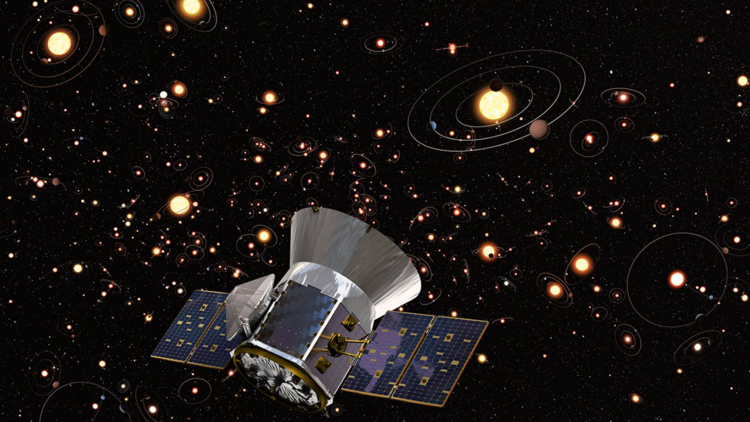
How accurate are the exoplanet radius measurements obtained by NASA’s Transiting Exoplanet Survey Satellite (TESS)? This is what a recent study accepted to The Astrophysical Journal hopes to address as a team of researchers investigated how hundreds of exoplanetary radii measured by TESS during its mission might be incorrect and the data could be underestimating the radii measurements. This study has the potential to help astronomers develop more efficient methods more estimating exoplanetary characteristics, which could influence whether or not they are Earth-sized.
Continue reading
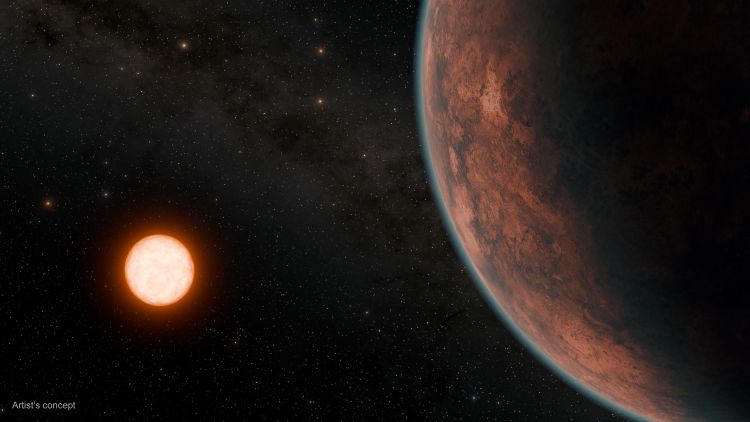
What can Earth-sized exoplanets teach scientists about the formation and evolution of exoplanets throughout the cosmos? This is what a recently submitted study hopes to address as an international team of researchers announced the discovery of an Earth-sized exoplanet that exhibits temperatures and a density comparable to Earth. This study has the potential to help scientists better understand the formation and evolution of Earth-sized exoplanets and what this could mean for finding life beyond Earth.
Continue reading
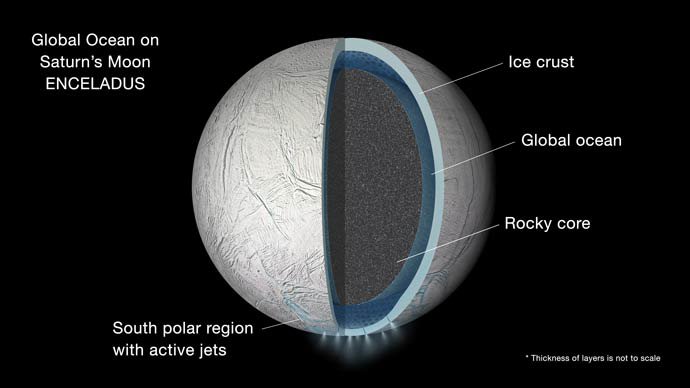
What can the pH level of the subsurface ocean on Enceladus tell us about finding life there? This is what a recent study accepted to Icarus hopes to address as a team of researchers investigated the potential pH level of Enceladus’ subsurface ocean based on current estimates. This study has the potential to help scientists better understand the composition of Enceladus’ subsurface ocean and what this can mean for finding life as we know it.
Continue reading
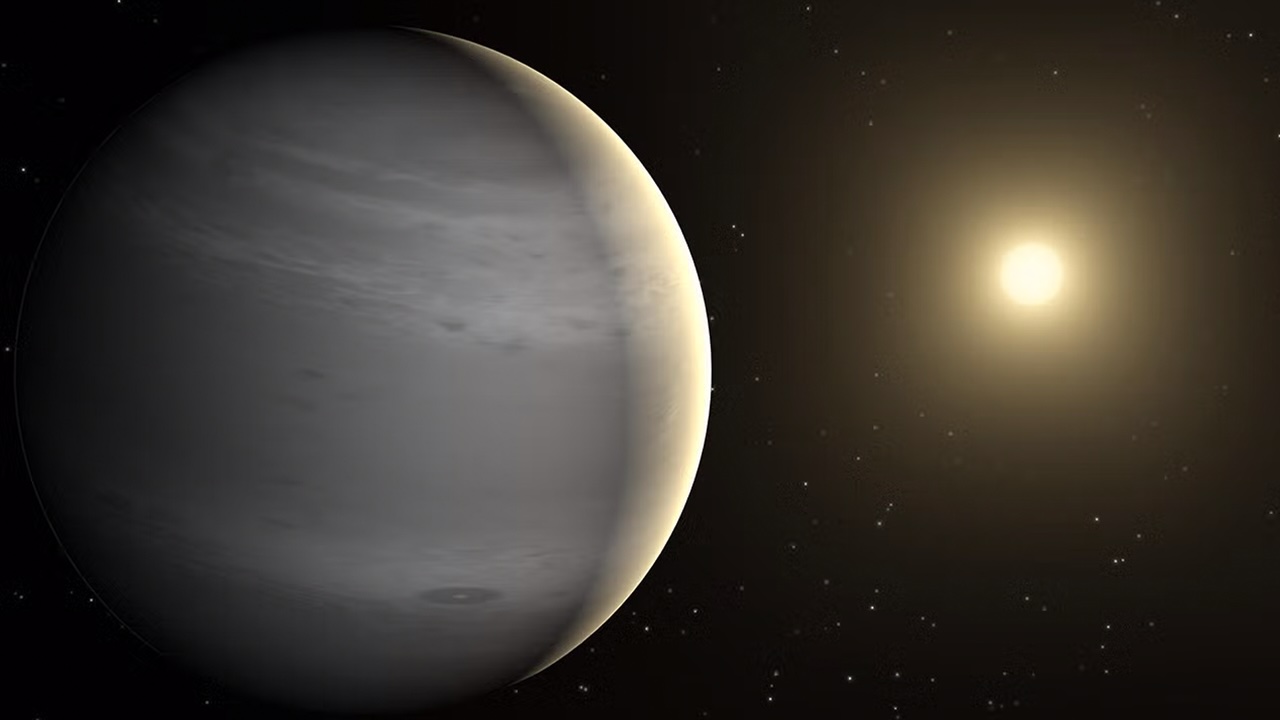
Distant exoplanets can be dodgy to spot even in the best of observations. Despite the challenges, a team of astronomers just reported the discovery of a gas giant exoplanet that lies about 400 light-years from Earth. It's called TOI-4465 b and it takes 12 hours to transit across the face of its star during its 102-day orbit.
Continue reading

 Universe Today
Universe Today


















